Monopoly has perhaps become the best known game ever created in America. Generation after generation have enjoyed creating empires, or losing everything, all while seated around a dining room table. There are very few people in the country, over the age of 20 or so, that have never played this game at least once. It seems hard to believe that the Monopoly game we all know and love was almost not to be. Most believe that Monopoly first appeared in 1935, however the story began many, many years earlier.
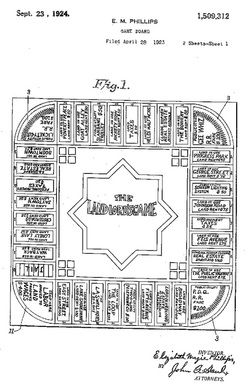
The earliest known version of Monopoly, was known as "The Landlord's game", and was invented by an American woman named Elizabeth Magie sometime between 1902 and 1904, when she received a patent on the concept. In 1910 she submitted the concept to Parker Brothers for publication, but was refused.
The game became popular with several business schools, and the concept spread to several other cities and many localized versions were hand made by others. In 1924 Magie, who had married and was now known as Elizabeth Magie Phillips, resubmitted a revised version of "The Landlord's Game" for another patent, seeking to regain control over the many unauthorized versions being produced throughout the country. After receiving the patent, she again approached Parker Brothers for publication, and again was refused.
In 1932 a man named Daniel W. Layman brought the concept to Indianapolis and produced a version of the game under the name "The Fascinating Game of Finance" which was later shortened to simply "Finance". This version was the first to include four Railroads (one on each side) and the Chance and Community Chest cards.
It was in Indianapolis that Ruth Hoskins learned of the game and took it to Atlantic City with her. There, she produced yet another version using the streets of Atlantic City on the squares. From there the game travelled to Philadelphia where it was taught to Esther Darrow, the wife of Charles Darrow, who promptly began to distribute the game himself under the name "Monopoly". These early "Darrow" versions were drawn on oilcloths and hand colored. The Darrow designs incorporated many of the images we associated with Monopoly still today, including the black locomotive, the faucet on "Water Works", the light bulb on "Electric Company". He received a Copyright on these in 1933.
In 1934 Darrow approached Milton Bradley and tried to sell the game as his own, but the concept was rejected. He then tried Parker Bothers, who once again rejected the game as being "too complicated, too technical, and taking too long to play". Darrow marketed the game locally in Philadelphia, and through F.A.O. Schwarz in New York City, during the 1934 Christmas season, experiencing good results. With that, Parker Brothers contacted Darrow and bought the game, all remaining inventory and began the process of patenting it.
It was during this process that Parker Brother learned that Darrow was not the actual inventor of the game. They ended up purchasing rights to Magie's 1924 Patent, and also to the "Finance" game being marketed by Layman in Indianapolis. This allowed Parker Brothers to market Monopoly on a large scale beginning in 1935. They received their own Patent on the game in December 1935. Most early Monopoly Boards and Boxes that show this 1935 date are mistakingly identified as an "original" 1935 Monopoly Game, but this is not the case. 1935 was the year of Copyright issue, not the year produced.
The game became popular with several business schools, and the concept spread to several other cities and many localized versions were hand made by others. In 1924 Magie, who had married and was now known as Elizabeth Magie Phillips, resubmitted a revised version of "The Landlord's Game" for another patent, seeking to regain control over the many unauthorized versions being produced throughout the country. After receiving the patent, she again approached Parker Brothers for publication, and again was refused.
In 1932 a man named Daniel W. Layman brought the concept to Indianapolis and produced a version of the game under the name "The Fascinating Game of Finance" which was later shortened to simply "Finance". This version was the first to include four Railroads (one on each side) and the Chance and Community Chest cards.
It was in Indianapolis that Ruth Hoskins learned of the game and took it to Atlantic City with her. There, she produced yet another version using the streets of Atlantic City on the squares. From there the game travelled to Philadelphia where it was taught to Esther Darrow, the wife of Charles Darrow, who promptly began to distribute the game himself under the name "Monopoly". These early "Darrow" versions were drawn on oilcloths and hand colored. The Darrow designs incorporated many of the images we associated with Monopoly still today, including the black locomotive, the faucet on "Water Works", the light bulb on "Electric Company". He received a Copyright on these in 1933.
In 1934 Darrow approached Milton Bradley and tried to sell the game as his own, but the concept was rejected. He then tried Parker Bothers, who once again rejected the game as being "too complicated, too technical, and taking too long to play". Darrow marketed the game locally in Philadelphia, and through F.A.O. Schwarz in New York City, during the 1934 Christmas season, experiencing good results. With that, Parker Brothers contacted Darrow and bought the game, all remaining inventory and began the process of patenting it.
It was during this process that Parker Brother learned that Darrow was not the actual inventor of the game. They ended up purchasing rights to Magie's 1924 Patent, and also to the "Finance" game being marketed by Layman in Indianapolis. This allowed Parker Brothers to market Monopoly on a large scale beginning in 1935. They received their own Patent on the game in December 1935. Most early Monopoly Boards and Boxes that show this 1935 date are mistakingly identified as an "original" 1935 Monopoly Game, but this is not the case. 1935 was the year of Copyright issue, not the year produced.
When Parker acquired the game, they immediately began marketing it using a mix of existing Darrow inventory and their own newer versions of stock as it became available. The very first of these 1935 versions have the words TRADE MARK centered under the Monopoly Name on the box. Fewer than 25,000 of these games were produced, including and extremely rare Number 9 "Long Box" version of the game. Most of these games also included the "Darrow" version of the currency which was used until the supplies were exhausted (see picture).
As soon as Parker applied for the patent in 1935, the games were relabeled "Patent Pending" or "Patent Applied For". Approximately 100,000 of this version were produced.
In late 1935 Parker added the Patent number it had purchased from Magie, and the boxes were labeled with the one patent number 1,509,312. After receiving their own patent number 2,026,082 in December of 1935, both patent numbers were added to the box and boards. All games showing both patents were produced in 1936 or later, and are not original 1935 games.
Games produced in 1935 and early 1936 used black boxes, and are commonly referred to as "Black Box Versions" of the game. In 1936 the color changed to blue boxes.
The original six Monopoly tokens were also made of a slightly different metal called "Zamak", and are a bit thicker and heavier than the later tokens similar to what we use today. These had a tendency to discolor and tarnish rather quickly, and were only used from 1935 until early 1938, when they were replaced with the later alloy.
Other differences in these early games included title cards that were blank on the backside, as were the Chance and Community Chest cards. The Chance and Community Chest cards were also printed with text only, and no graphics.
Using the above as a guide, one will quickly discover that the vast majority of "Original 1935 Monopoly Games" being offered for sale on sites such as Ebay or Etsy are not, in fact, original games with the correct contents. By 1937 Monopoly was selling over 7 million games a years, so the difference between a correct early 1935 game, and a 1937 game is not a small difference.
The early games in good shape can sell for up to a couple thousand dollars. The 1937 and later games can frequently be purchased for under $40. It's good to know the difference!
Here are two links of note that will provide much more information on the early games and history of Monopoly:
Click Here for a breakdown of the early Monopoly Games, or
Click Here for the Wikipedia History of the Game.
Coming up Next: Monopoly's Evolution 1930's to 1950's.
As soon as Parker applied for the patent in 1935, the games were relabeled "Patent Pending" or "Patent Applied For". Approximately 100,000 of this version were produced.
In late 1935 Parker added the Patent number it had purchased from Magie, and the boxes were labeled with the one patent number 1,509,312. After receiving their own patent number 2,026,082 in December of 1935, both patent numbers were added to the box and boards. All games showing both patents were produced in 1936 or later, and are not original 1935 games.
Games produced in 1935 and early 1936 used black boxes, and are commonly referred to as "Black Box Versions" of the game. In 1936 the color changed to blue boxes.
The original six Monopoly tokens were also made of a slightly different metal called "Zamak", and are a bit thicker and heavier than the later tokens similar to what we use today. These had a tendency to discolor and tarnish rather quickly, and were only used from 1935 until early 1938, when they were replaced with the later alloy.
Other differences in these early games included title cards that were blank on the backside, as were the Chance and Community Chest cards. The Chance and Community Chest cards were also printed with text only, and no graphics.
Using the above as a guide, one will quickly discover that the vast majority of "Original 1935 Monopoly Games" being offered for sale on sites such as Ebay or Etsy are not, in fact, original games with the correct contents. By 1937 Monopoly was selling over 7 million games a years, so the difference between a correct early 1935 game, and a 1937 game is not a small difference.
The early games in good shape can sell for up to a couple thousand dollars. The 1937 and later games can frequently be purchased for under $40. It's good to know the difference!
Here are two links of note that will provide much more information on the early games and history of Monopoly:
Click Here for a breakdown of the early Monopoly Games, or
Click Here for the Wikipedia History of the Game.
Coming up Next: Monopoly's Evolution 1930's to 1950's.
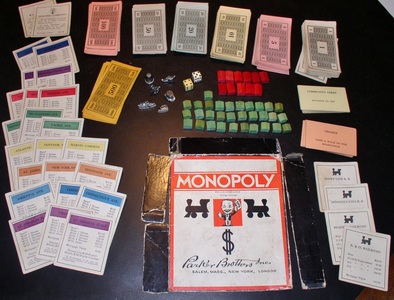
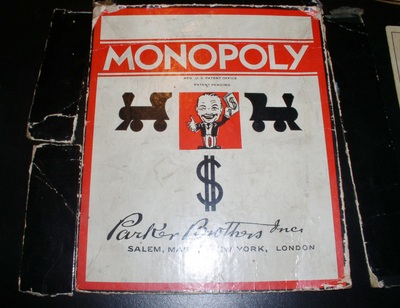
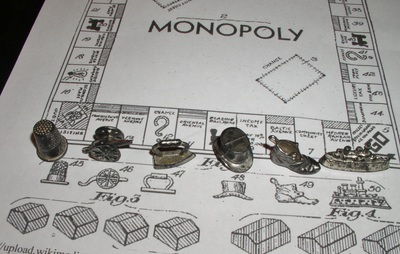
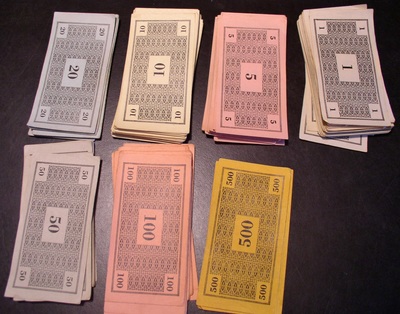
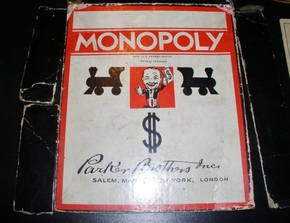
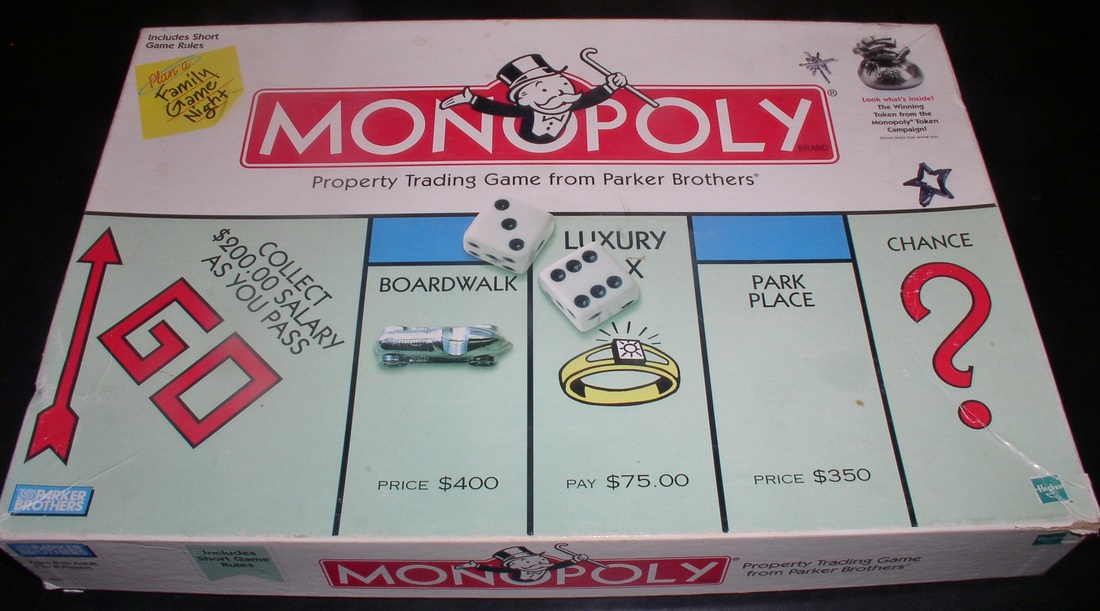
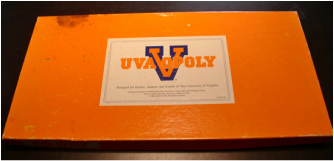
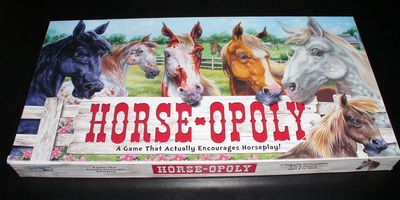
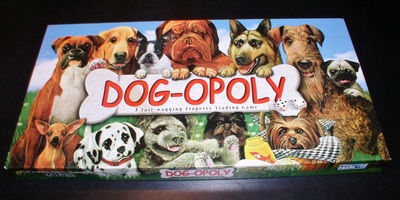
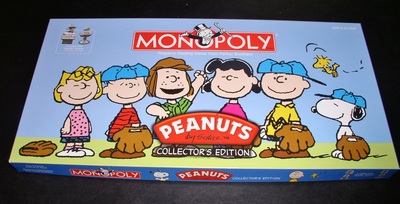
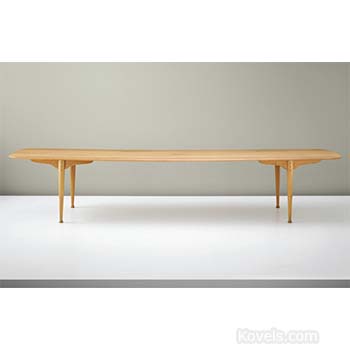
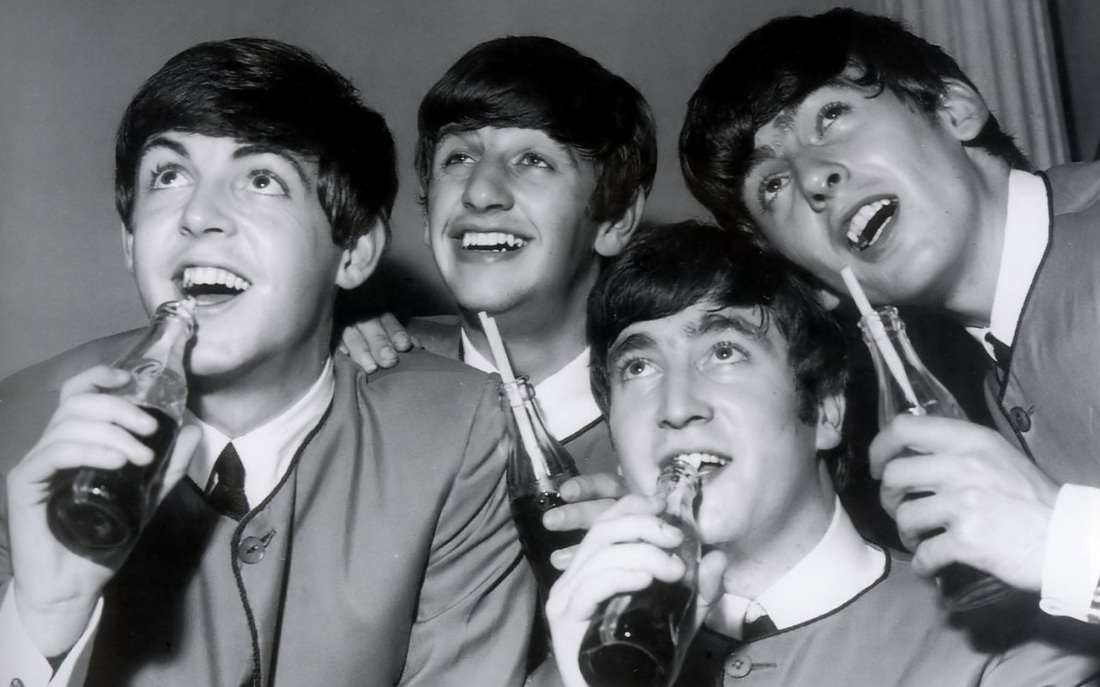
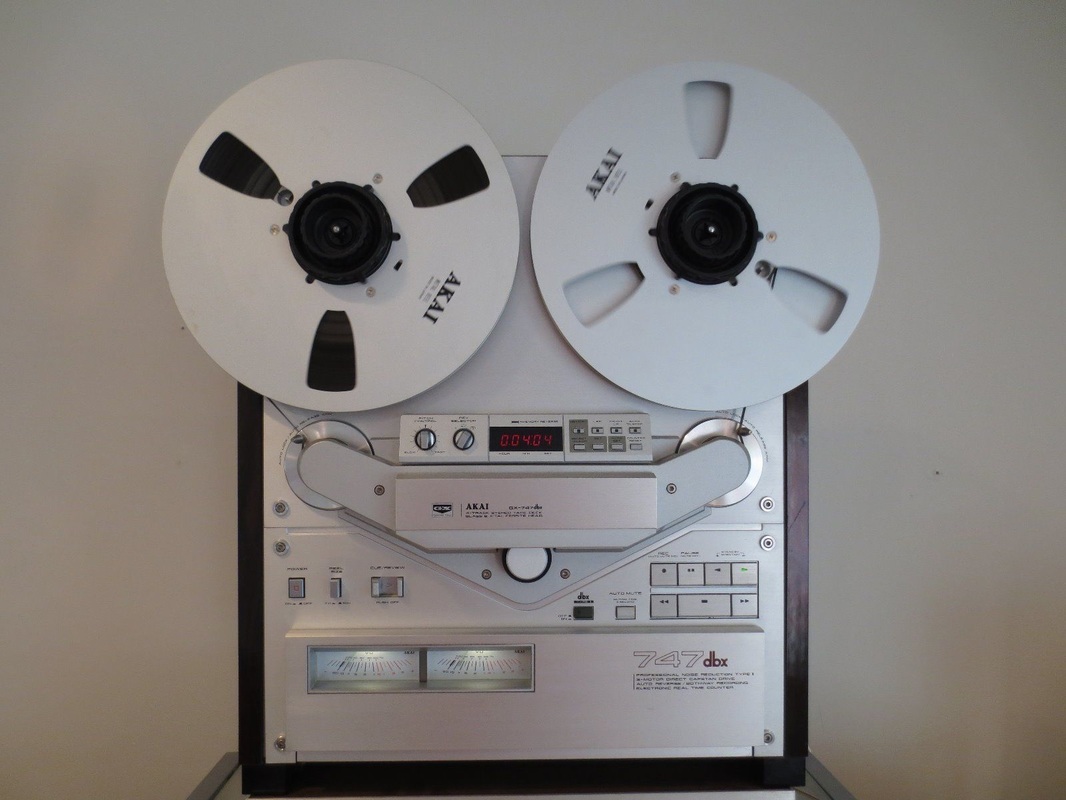
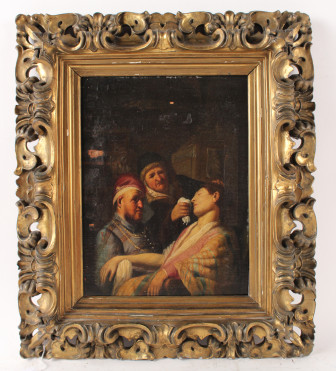
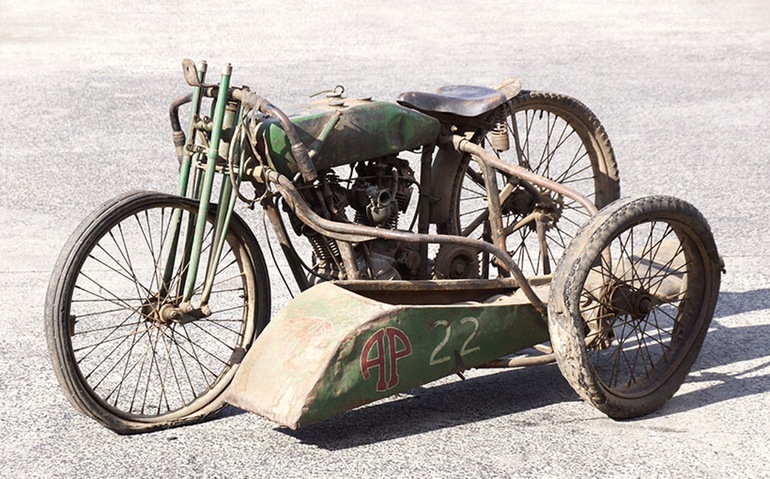
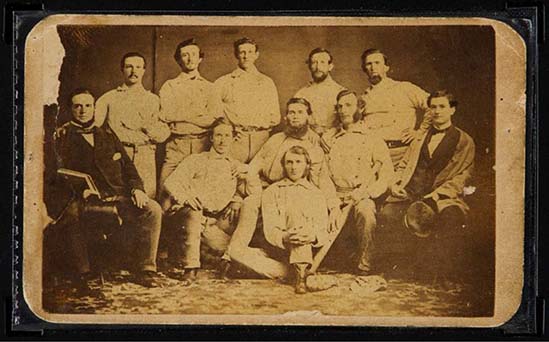
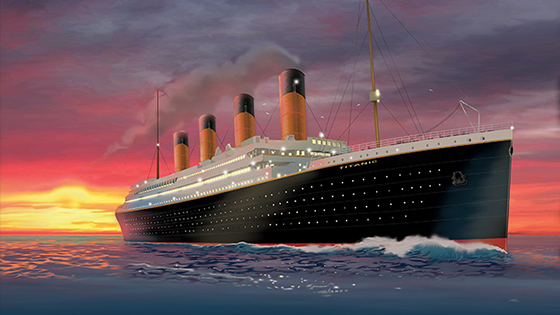

 RSS Feed
RSS Feed